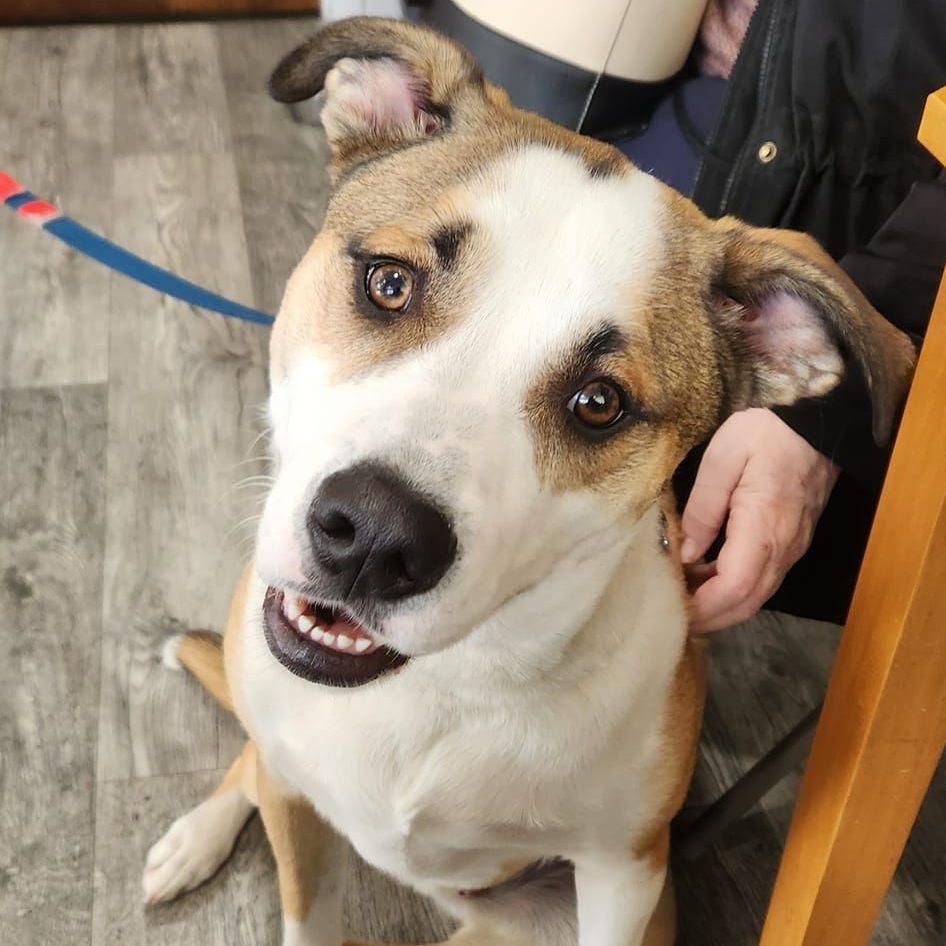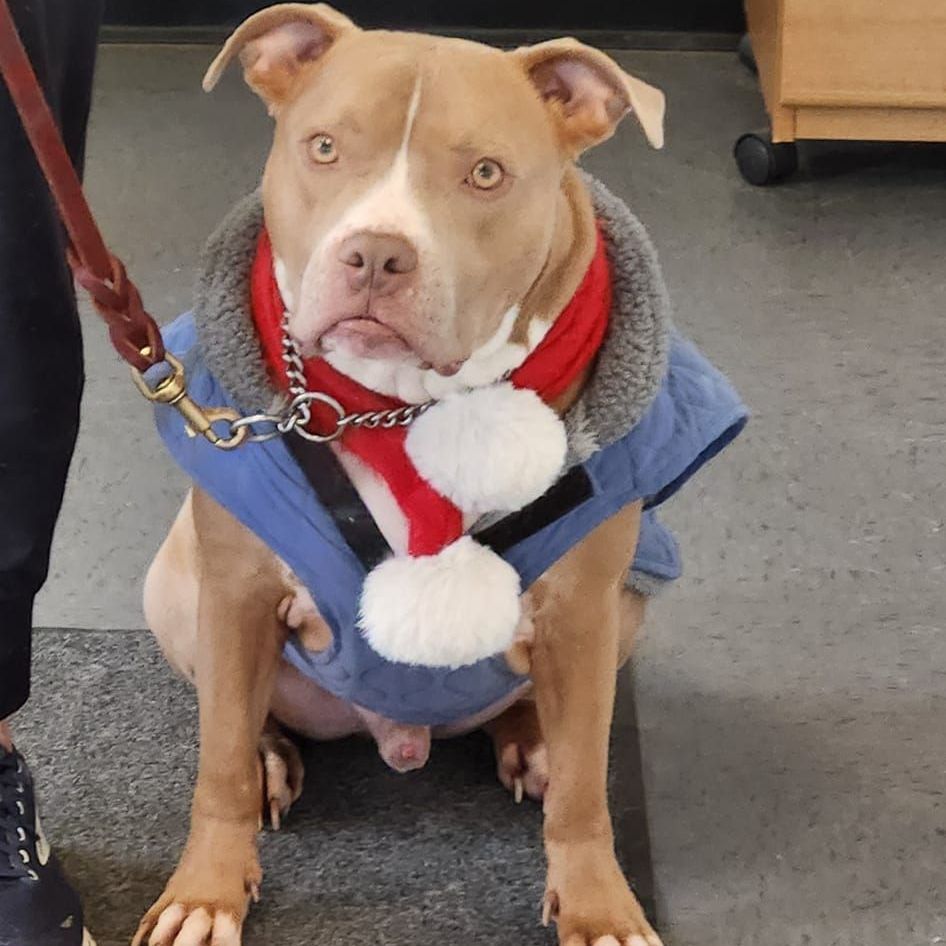Rethinking Leash Walking: Connection Over Control
Sue Battel, Certified Behavioral Trainer
When it comes to leash walking, are we really looking for complete control of our dogs, or are we looking for a way to enjoy our walks together? As a professional dog trainer with over 40 years of experience, I believe in fostering a connection with our dogs, not exerting control. This approach emphasizes mutual respect and allows both you and your dog to have a positive and enriching walking experience.
The Myth of "Loose Leash Walking"
Many trainers promote the idea of "loose leash walking," where the dog is required to walk directly beside or behind the handler without pulling. This approach often involves strict control and can lead to stress and anxiety in the dog.
Why I Reject This Approach
I believe that this rigid style of walking goes against a dog's natural instincts. Dogs are naturally curious and enjoy exploring their environment through their sense of smell. By constantly restricting their movement and forcing them to stay glued to our sides, we are essentially stifling their natural curiosity and well-being.
Seeking Connection, Not Control
My approach to leash walking focuses on building a strong connection with your dog. This means allowing them the freedom to explore while maintaining a respectful and responsive relationship.
- Safe Exploration: I teach my clients how to ensure their dog's safety during walks, utilizing training cues to guide them and prevent them from running into danger.
- Loose Leash, Strong Connection: I encourage dogs to walk in front of their owners on a loose leash. This allows them to engage with their environment while maintaining a strong mental connection with their handler. This connection ensures that the dog will respond to commands and cues even when they are distracted.
Respecting Your Dog's Needs
It's important to remember that every dog is an individual. Forcing them into a rigid walking pattern can be stressful and even harmful. By respecting their natural instincts and building a strong connection based on trust and respect, we can create a more enjoyable and fulfilling walking experience for both ourselves and our dogs.
Conclusion
Leash walking should be a positive and enriching experience for both you and your dog. Remember, it's about connection, not control. By prioritizing your dog's well-being and fostering a strong bond, you can create a lifetime of happy memories on your walks together.
Share the Learning:



